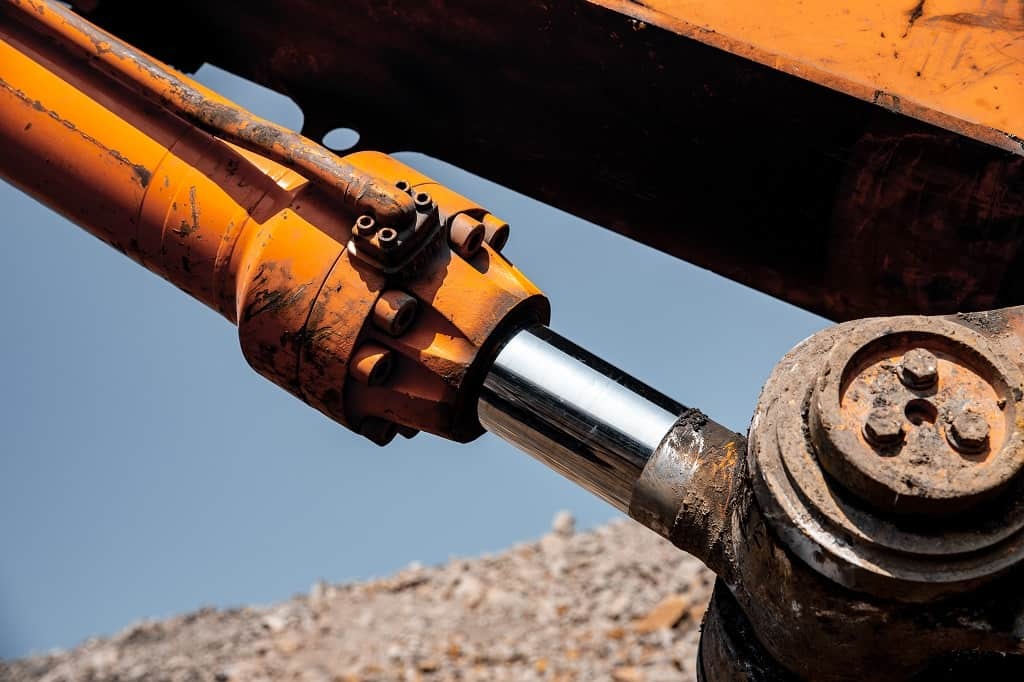Resistance spot welding technology has revolutionized the manufacturing industry, offering a fast, efficient, and reliable method for joining metal components. From automotive to aerospace, resistance spot welding finds its applications across various industries. In this blog post, we will delve into the wide range of benefits offered by this innovative technology and explore its potential for future advancements. So buckle up as we embark on an exciting journey through the world of Resistance Spot Welder!
Common Applications in Various Industries
Automotive industry:
Resistance spot welding is widely used in the automotive sector for its ability to join various metal components, such as body panels and structural parts. By creating strong and durable welds, this technology ensures the integrity of a vehicle’s structure, enhancing safety on the road. Additionally, resistance spot welding enables manufacturers to achieve efficient production rates, improving overall productivity.
Aerospace industry:
In the aerospace industry, where precision and reliability are crucial, resistance spot welding plays a vital role in joining critical components like aircraft frames and engine parts. The high-strength welds produced by this method ensure optimal performance under extreme conditions while reducing weight through lighter materials. With stringent quality standards in place within this sector, resistance spot welding provides an ideal solution that meets both regulatory requirements and engineering specifications.
Electronics industry:
The electronics industry heavily relies on resistance spot welding for assembling circuit boards and electronic components. This technology allows for precise control over heat input during the welding process—critical when working with delicate electronic elements—to avoid damage caused by excessive temperatures or distortion due to prolonged exposure.
Appliance manufacturing:
From household appliances to commercial equipment, resistance spot welding finds widespread use in the appliance manufacturing sector. By securely bonding metal parts together with minimal disruption or deformation of surrounding materials, this technique ensures product durability while maintaining aesthetic appeal.
Sheet metal fabrication:
Resistance spot welding is also extensively employed in sheet metal fabrication processes across industries such as construction and HVAC (heating ventilation air conditioning). Whether it’s constructing building structures or fabricating ductwork systems, this technology facilitates fast assembly without compromising strength or integrity.
These are just a few examples of how diverse industries benefit from resistance spot welding technology. As we progress further into our exploration of this innovative process, you will discover even more exciting applications and potential advancements on the horizon! So let’s dive deeper into what lies ahead for resistance spot welding!
Innovations and Future Possibilities for Resistance Spot Welding
Innovations and Future Possibilities for Resistance Spot Welding
The world of resistance spot welding continues to evolve with new innovations and exciting future possibilities. As technology advances, so does the potential for this welding technique to be applied in various industries.
One area where resistance spot welding is seeing significant advancements is in the automotive industry. With the rise of electric vehicles (EVs), there is a growing need for lightweight materials that can withstand high currents during the welding process. This has led to the development of advanced alloys and coatings that improve conductivity and reduce heat generation, resulting in stronger welds and increased efficiency.
Another promising innovation is the integration of artificial intelligence (AI) into resistance spot welding systems. AI algorithms can analyze real-time data from sensors placed on the workpieces, allowing for precise control over variables such as current flow, pressure, and electrode positioning. This not only improves weld quality but also enhances process monitoring capabilities, leading to faster detection of defects or deviations from desired parameters.
Furthermore, researchers are exploring new ways to enhance joint strength through innovative electrode designs. By optimizing contact surface area and utilizing materials with superior heat dissipation properties, it becomes possible to achieve even stronger welds while minimizing distortion or damage to surrounding components.
Looking ahead, one exciting possibility is the integration of robotics into resistance spot welding processes. Automated systems equipped with advanced vision systems can identify weld locations on complex assemblies more accurately than ever before. This not only reduces human error but also allows manufacturers to increase production speed without compromising quality.
As technology continues to advance at a rapid pace, we can expect further breakthroughs in resistance spot welding techniques and applications across industries ranging from aerospace to electronics manufacturing. The ongoing research efforts will undoubtedly bring forth new materials compatibility options, improved energy efficiency solutions,and enhanced automation capabilities – all contributing towards making resistance spot welding an even more versatile choice for joining metal components.
